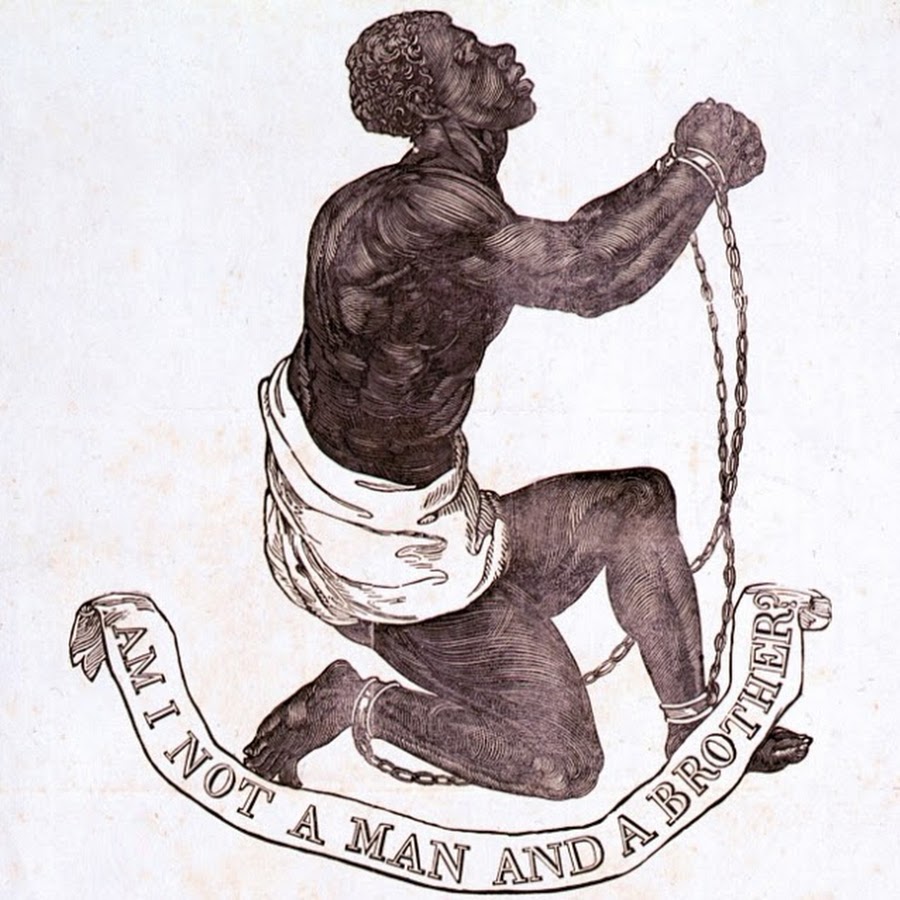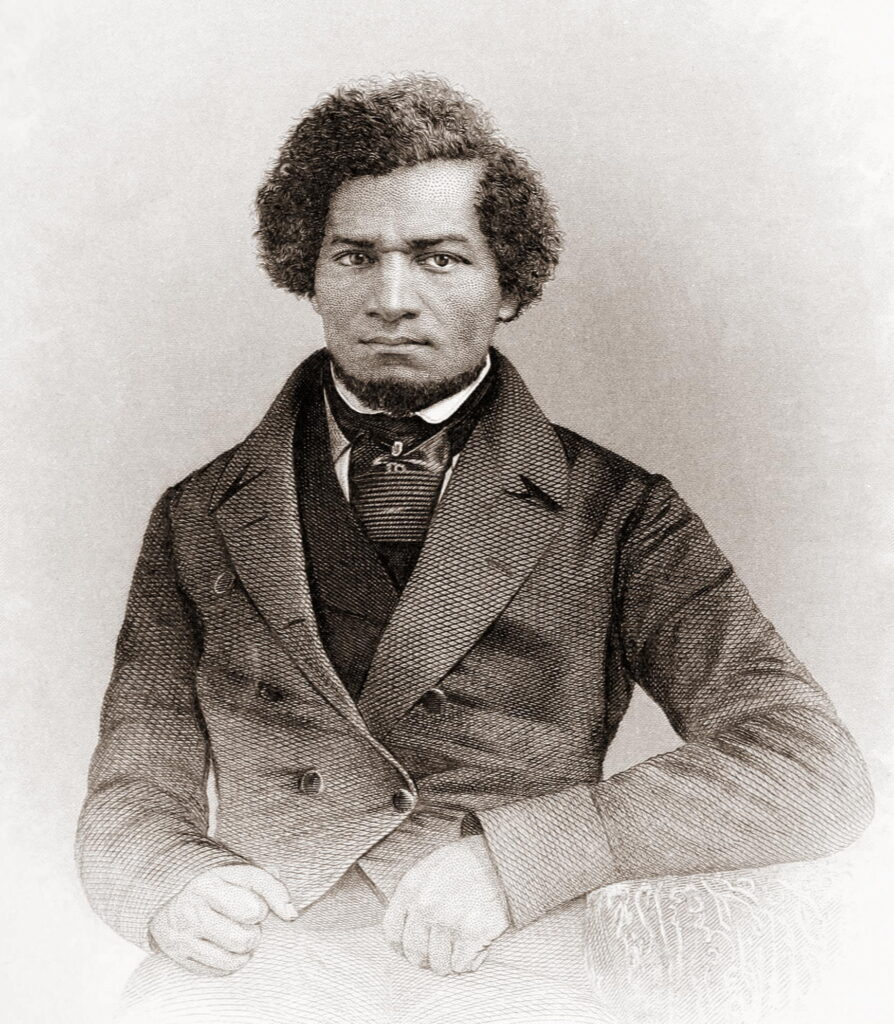“[The Negro] is a sort of seventh son, born with a veil, and gifted with second-sight in this American world,—a world which yields him no true self-consciousness, but only lets him see himself through the revelation of the other world. It is a peculiar sensation, this double-consciousness, this sense of always looking at one’s self through the eyes of others, of measuring one’s soul by the tape of a world that looks on in amused contempt and pity.”
DuBois, W. E. B. The Souls of Black Folk. 1903
“From the 16th century onwards, a seventh son (or, more rarely, seventh daughter) was widely thought to have psychic powers, usually as a healer, but sometimes as a dowser or fortune-teller; even more powerful was one whose father (or mother) was also a seventh son (or daughter).”
Simpson, Jacqueline and Steve Roud. A Dictionary of English Folklore. Oxford, 2003.
“One of the most persistent folk beliefs about childbirth concerns the good luck attendant on a child ‘born with the veil.’ The veil, or caul, is a membrane of the amniotic sac which contains the fluid and fetus. On occasion a child is born partially or entirely covered with this cloth-like membrane. . . The conviction that a child born thus will have the power to see and hear ghosts and to fortell the future is a widespread belief in Europe. . . Dickens’ David Copperfield [was born veiled.]”
Rich, Carroll Y. Born with the Veil: Black Folklore in Louisiana. The Journal of American Folklore, vol. 89, no. 353 (Jul. – Sep., 1976), pp. 328-331.
Part I: DuBois’ Concept of Double Consciousness and American Experience
In 1903, W. E. B. DuBois published The Souls of Black Folk, a collection of essays addressing the history and sociology of Black Americans. DuBois was the first African American to receive a PhD from Harvard University and is considered by many to be a an intellectual successor to Frederick Douglass. The first quotation above is from the first chapter of Souls in which DuBois lays out his theory of double-consciousness.
All Black people, DuBois argues, are born special—like the small percentage of children born en caul. Black people born in America, he continues, have a special role: they are prophets who can see beyond their current world. He is using the superstitious connotations of a biological condition as a metaphor for the unique perspective of Black people in America, people who are also affected by the superstitious connotations of the melanin in their skin, called racism. But what does DuBois mean by this second-sight? To answer that question it helps to first understand what DuBois argues is the cause of this ability.
As a man of science, DuBois doesn’t believe in superstitions like fortune-telling. Instead, as a sociologist, DuBois predictably sees the cause for this unique ability of Black Americans to be the culture of America. He describes this second-sight as a feeling of always seeing yourself through the eyes of someone else.
Consider for a moment, Frederick Douglass discusses in the first chapter of his autobiography that as a slave he has no idea of what his birthday is. This detail differentiates Douglass from the other (white) boys his age in ways even he, as a young child, understands. Douglass is not a white person: they have birthdays. The fact that Douglass’ day of birth is unimportant is meant to reinforce for Douglass that his birth is unimportant; he is, after all in the logical of slavery, just property. I don’t know the birthday or age of my cat, for instance. Unlike my cat, though, Douglass knows he’s important. He has a loving home with his grandmother.
This is the second-sight that DuBois is writing about. Even as a child, Douglass is aware that the slave owners (and perhaps “white” people in general) are trying to put Douglass in a specific box, that of a slave, a brute, an animal. Douglass is keenly aware of this at all times. It’s reflected in his lack of birthday, his clothing, his meals, the way he’s expected to behave, the family that is around him, the way he is allowed to express himself, what he’s allowed to learn, the work he’s allowed to do and when he’s allowed to do it. . . I could go on and on.
In most of these situations, Douglass understand his status as a slave as one of negation. He doesn’t have things because he is not a (white) owner. This is likely what DuBois means when he writes that America is, for the the Black person “a world which yields him no true self-consciousness.” Racism in American prevents Black folks from living a kind of true, authentic self because of repression, but Black folks also know the lie inherent lies of the racist’s view.
Perhaps think of it as DuBois arguing that Black folks haven’t had room to really see what they can do, but they know damn well it’s not going to look like how things are now.
This is a powerful position for critique. You are on the outside of a system in a sense, you can critique how it is unjust. But since you don’t yet know you’re own capacity, it’s a space where you can also imagine new capacities and configurations. If we know the world does not look like this the next logical question is what should it look like?
I would argue that Douglass sees himself as an American philosopher, pulling aside the veil and seeking the truth of the way things are and he’s very skeptical of how folks who have not experienced the torture of white supremacy will be able to have as clear vision as him.
Part II: Douglass and the Abolitionists
Read through chapter twenty-three. Douglass recounts his experience working with the Abolitionists, most notably William Lloyd Garrison, founder of the most well-known Abolitionist society in the country.
The American Anti-Slavery Society was well-respected and Douglass gets his start as a national figure with it, but he has a public break with Garrison a few years before this autobiography is published. The Anti-Slavery Society membership was composed overwhelmingly of white Northerners and Douglass wanted to work primarily in Black communities. It might be helpful to think of this chapter as a critique of what is now called white allyship.
One point that might have irked Douglass is the way enslaved people were depicted by abolitionists. The image below is very common in Abolitionist circles: it was made into commemorative coins, pins, flags, placed on postcards, ceramics, anything. It evokes the dominant Abolitionist narrative that enslaved people needed white folks to bring about emancipation because white folks who had the political power of the vote. In fact, it wasn’t even white folks generally, but specifically white men (because only they had the vote).
It seems obvious that to someone who, like Douglass, defined himself by self-reliance and self-defense, this is image is absurd. It doesn’t look how Douglass presented himself in photographs.
Because of the public break between Douglass and the anti-slavery society, readers at the time likely expected a discussion of why. But it would also make sense that would tread carefully; he’s likely not eager to make enemies with people working toward a common cause, even if he disagrees with them as evidenced by his separation. With careful reading, you’ll see that Douglass often uses humility to hide his most savage criticism.
For instance, Douglass reports that he doesn’t remember the speech he makes in Nantucket at all, describing himself as having difficulty “stand[ing] erect,” or to “command and articulate two words without hesitation and stammering.” How does that compare to the Douglass we’ve seen earlier in the work who remembers whole speeches he supposedly said to himself in the woods when he’s 16? How does this compare to the adult Douglass we’ve come to know?
The audience doesn’t seem to know how to react. It’s as quiet as before but there’s a new energy. Douglass had previously written about taking satisfaction in making his white playmates feel uncomfortable with critiques of slavery, perhaps this is the effect he had on his audience. Douglass is either ambivalent about his effect on the audience or he downplays it by saying he forgets it and doesn’t even know if whether he “had made an eloquent speech in behalf of freedom or not.”
C’mon. . . do you think Douglass made a bad speech about freedom?
What people remember, he writes, is Garrison’s speech. Oddly, Douglass reports that Garrison is largely preaching to the choir, so to speak, writing “Those who had heard Mr. Garrison oftenest, and had known him longest, were astonished. It was an effort of unequaled power, sweeping down, like a very tornado, every opposing barrier, whether of sentiment or opinion.”
But whereas Douglass had spoken about Freedom, Garrison had taken Douglass, as his text, meaning while Douglass was talking about Freedom as a concept from his experience (i.e. in philosophical/rational terms), Garrison freely interprets Douglass’ life, turning it into a text to be used as a metaphor.
In the first chapter of My Bondage, Douglass describes his awareness that his is born for someone else. The role of a slave is to have all of your faculties controlled by someone else, even your life story and decisions. It’s easy to imagine Douglass unhappiness at suddenly losing control of his own life and watching it used for different purposes. It may even bring a new meaning to the term “slave narrative,” in which Douglass own story is enslaved to serve Garrison’s purpose.
Read through the chapter with this same eye for Douglass receding into the background and using his “second-sight” to see how Garrison and other white abolitionists see him. Try to draw comparisons for how Garrison describes Douglass and how he would describe himself. Try to account for what might result in those kinds of differences. As usual, questions are always welcome.





